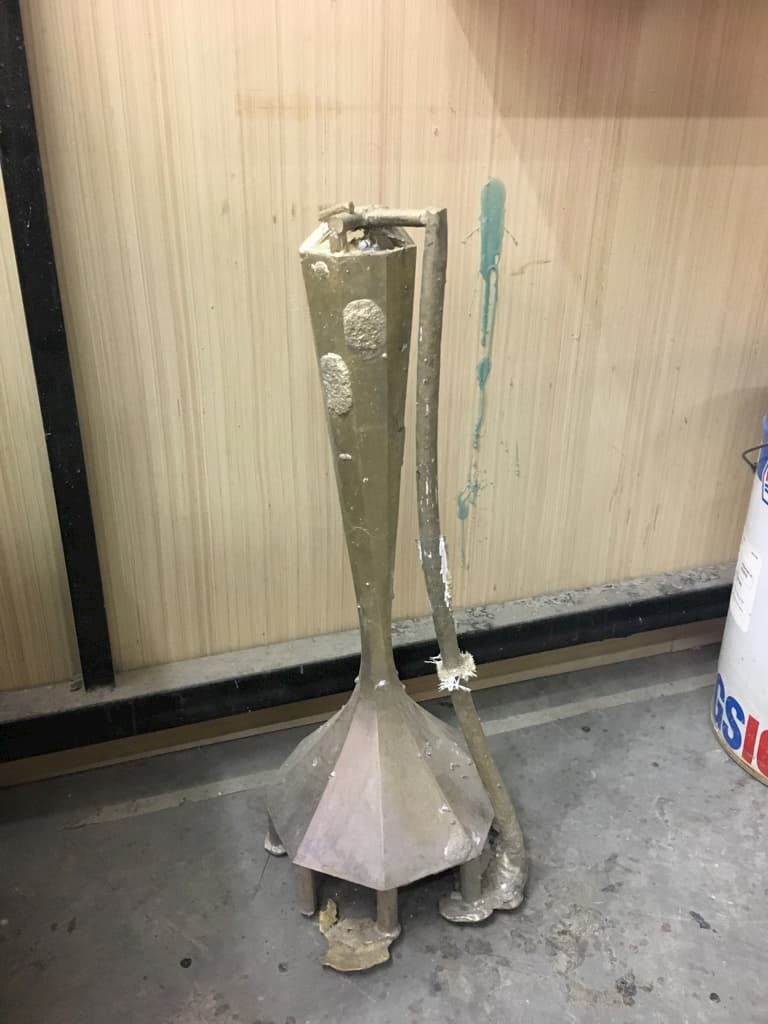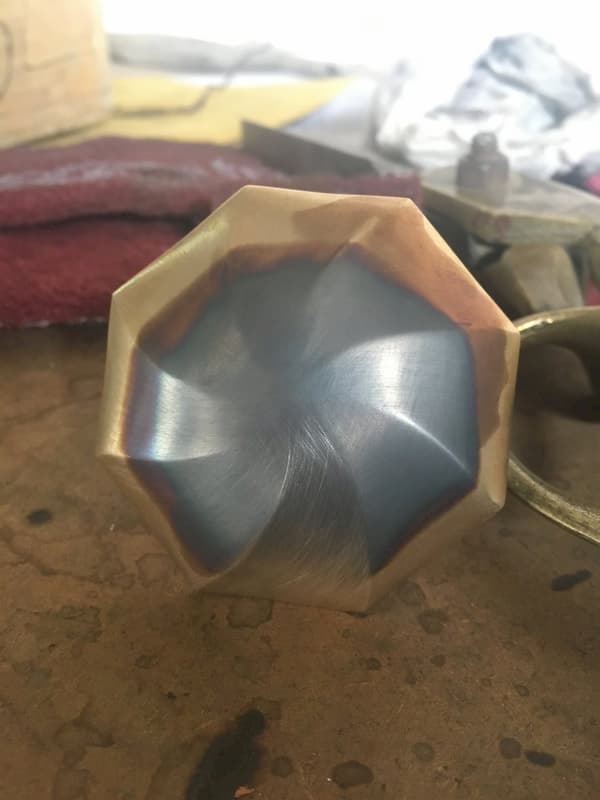Industry
Lifestyle
Client
DeMuro Das
Retorta Cast Table • Twist of Tradition
Retorta Cast Table • Twist of Tradition
Retorta Cast Table • Twist of Tradition



"Retorta" finds its roots in Latin, where it means "twist." The tradition of naming polygons dates back to the languages of ancient Greece and Rome, which is why "Retorta" resonates authentically with its origin, symbolizing the concept of transformation and fluidity in design.
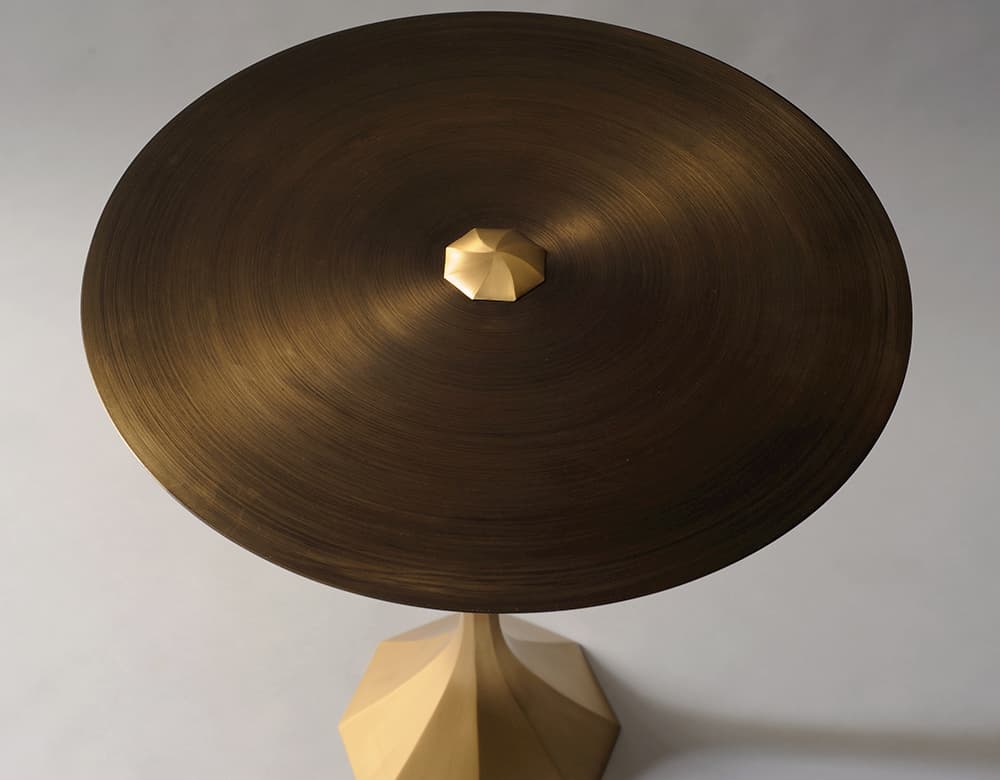







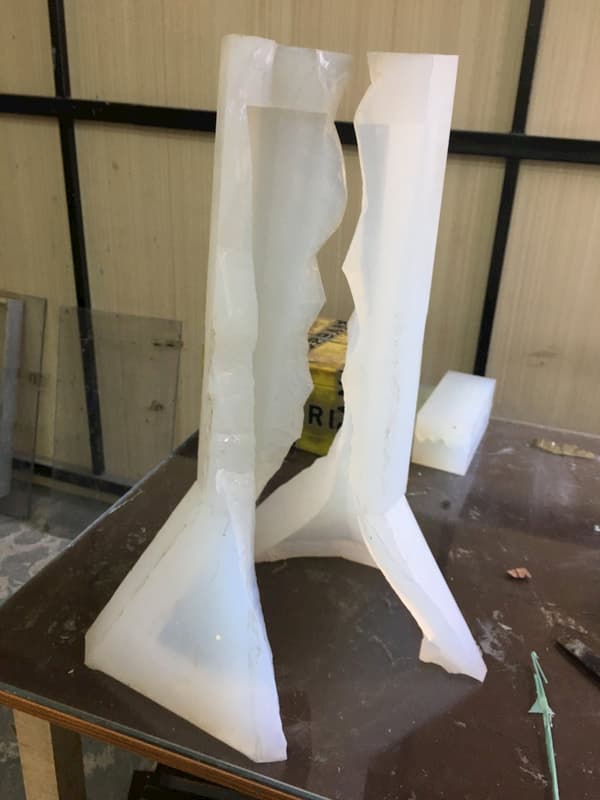

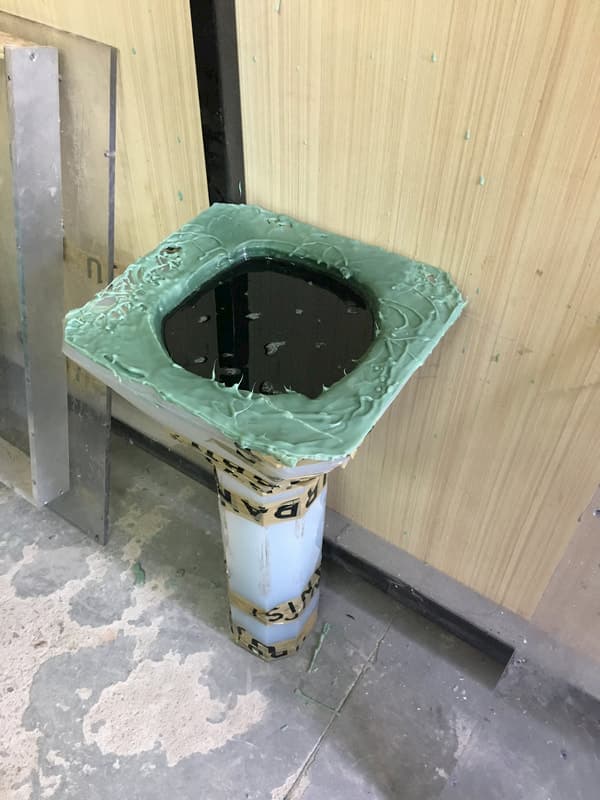








Design and Pattern Making: The initial phase involves designing the furniture piece and creating a pattern, often made of wood or a similar material, which serves as a template for the casting process.
Mold Making: A mold is created around the pattern using materials such as sand, clay, or silicone rubber. This mold will later be used to shape the molten brass.
Melting and Pouring: Brass, a copper-zinc alloy, is melted in a furnace at high temperatures. Once molten, it is carefully poured into the mold cavity.
Cooling and Solidification: After pouring, the brass cools and solidifies within the mold, taking on the shape of the pattern.
Shakeout and Cleaning: Once cooled, the mold is broken away from the solidified brass casting. The casting is then cleaned to remove any residual mold material or imperfections.
Finishing: The brass casting may undergo additional finishing processes such as grinding, polishing, or plating to achieve the desired surface texture and appearance.
Assembly: If the furniture piece requires multiple components, such as legs or decorative elements, these may be cast separately and then assembled together.
Design and Pattern Making: The initial phase involves designing the furniture piece and creating a pattern, often made of wood or a similar material, which serves as a template for the casting process.
Mold Making: A mold is created around the pattern using materials such as sand, clay, or silicone rubber. This mold will later be used to shape the molten brass.
Melting and Pouring: Brass, a copper-zinc alloy, is melted in a furnace at high temperatures. Once molten, it is carefully poured into the mold cavity.
Cooling and Solidification: After pouring, the brass cools and solidifies within the mold, taking on the shape of the pattern.
Shakeout and Cleaning: Once cooled, the mold is broken away from the solidified brass casting. The casting is then cleaned to remove any residual mold material or imperfections.
Finishing: The brass casting may undergo additional finishing processes such as grinding, polishing, or plating to achieve the desired surface texture and appearance.
Assembly: If the furniture piece requires multiple components, such as legs or decorative elements, these may be cast separately and then assembled together.
Design and Pattern Making: The initial phase involves designing the furniture piece and creating a pattern, often made of wood or a similar material, which serves as a template for the casting process.
Mold Making: A mold is created around the pattern using materials such as sand, clay, or silicone rubber. This mold will later be used to shape the molten brass.
Melting and Pouring: Brass, a copper-zinc alloy, is melted in a furnace at high temperatures. Once molten, it is carefully poured into the mold cavity.
Cooling and Solidification: After pouring, the brass cools and solidifies within the mold, taking on the shape of the pattern.
Shakeout and Cleaning: Once cooled, the mold is broken away from the solidified brass casting. The casting is then cleaned to remove any residual mold material or imperfections.
Finishing: The brass casting may undergo additional finishing processes such as grinding, polishing, or plating to achieve the desired surface texture and appearance.
Assembly: If the furniture piece requires multiple components, such as legs or decorative elements, these may be cast separately and then assembled together.
Recognition
National Institute of Fashion Technology Winner - Best Graduate Design Project Award, 2017
National Institute of Fashion Technology Winner - Most Exemplary Use of Design Methodology Award, 2017
National Institute of Fashion Technology Winner - Best Graduate Design Project Award, 2017
National Institute of Fashion Technology Winner - Most Exemplary Use of Design Methodology Award, 2017
National Institute of Fashion Technology Winner - Best Graduate Design Project Award, 2017
National Institute of Fashion Technology Winner - Most Exemplary Use of Design Methodology Award, 2017

